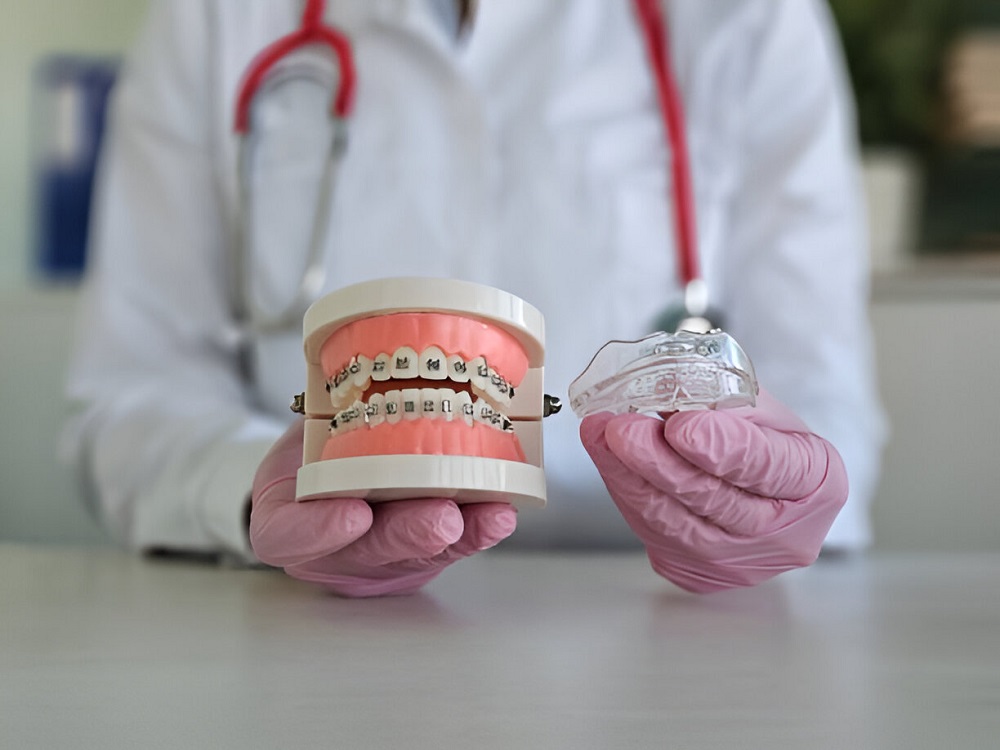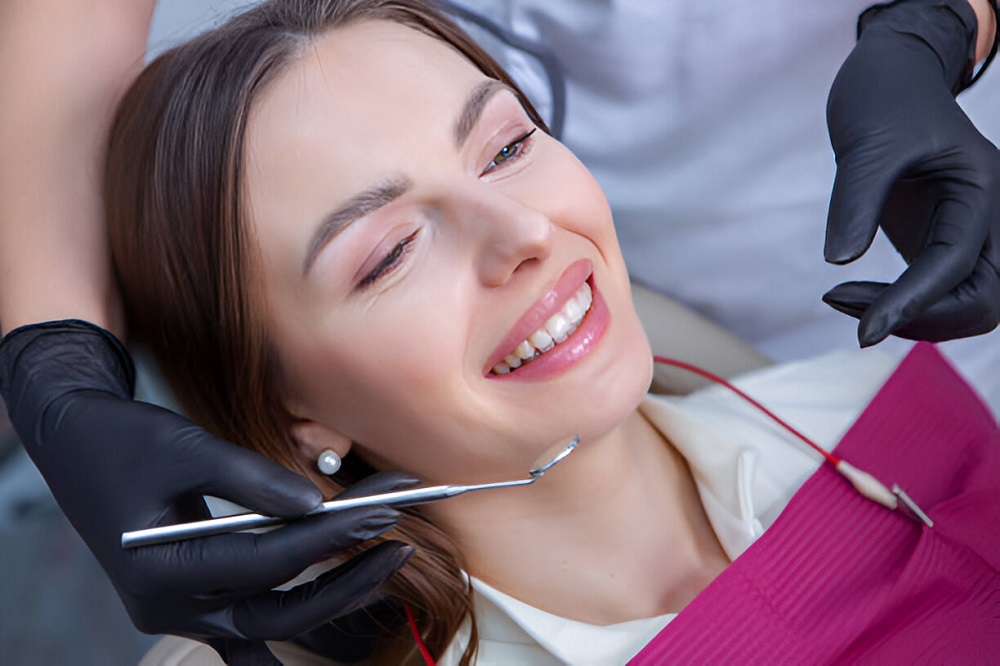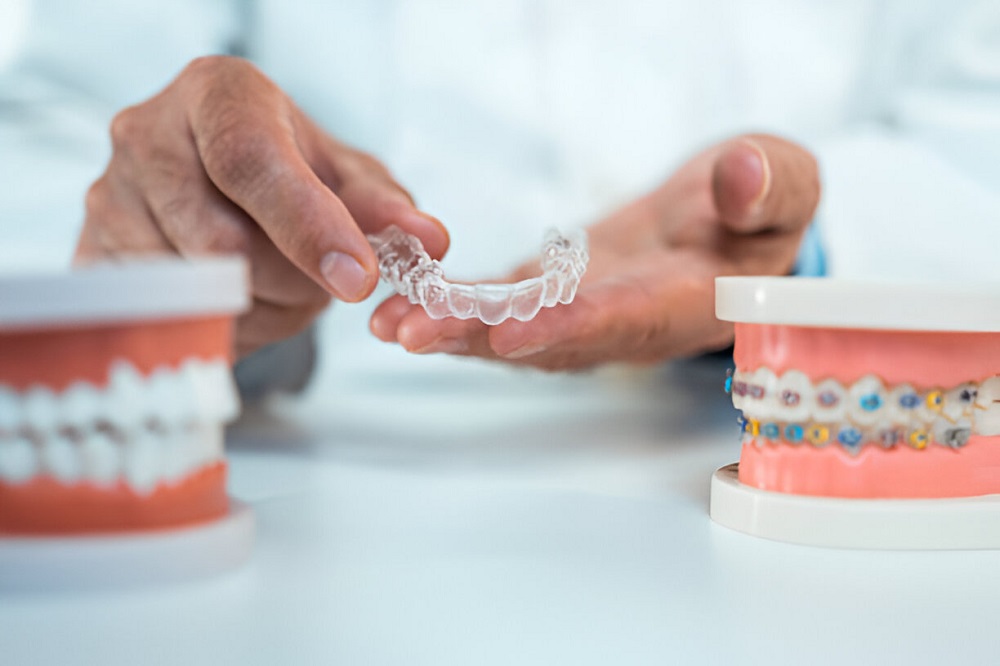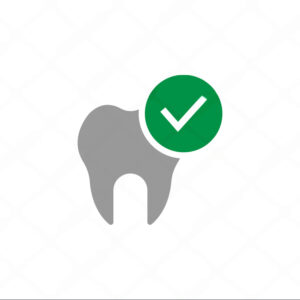One of dentistry’s specialties is orthodontic. The name “orthodontics” is derived from two Greek words: “dentics,” which means teeth, and “orthos,” which means straight or proper. Thus, orthodontics is the field that deals with correcting malocclusions, or crooked teeth. Incorrect tooth, jaw, and facial placement can be managed with the assistance of orthodontic dentists.
Orthodontic
Orthodontics is the area of dentistry that specializes in identifying and correcting malocclusions, or “bad bites.” Retainers, clear aligners, and braces are common orthodontic procedures.
Your dental health is greatly influenced by the way your teeth fit together. You can lessen your chance of developing cavities, gum disease, and excessive wear (erosion) by making improvements to the way your upper and lower teeth connect.
Who provides orthodontic care?
This kind of therapy is often administered by orthodontists. An orthodontist is a physician who completes two to three years of additional study after graduating from dental school. They concentrate on making your bite better. Crowns, bridges, and fillings are examples of general dental operations that they do not perform.
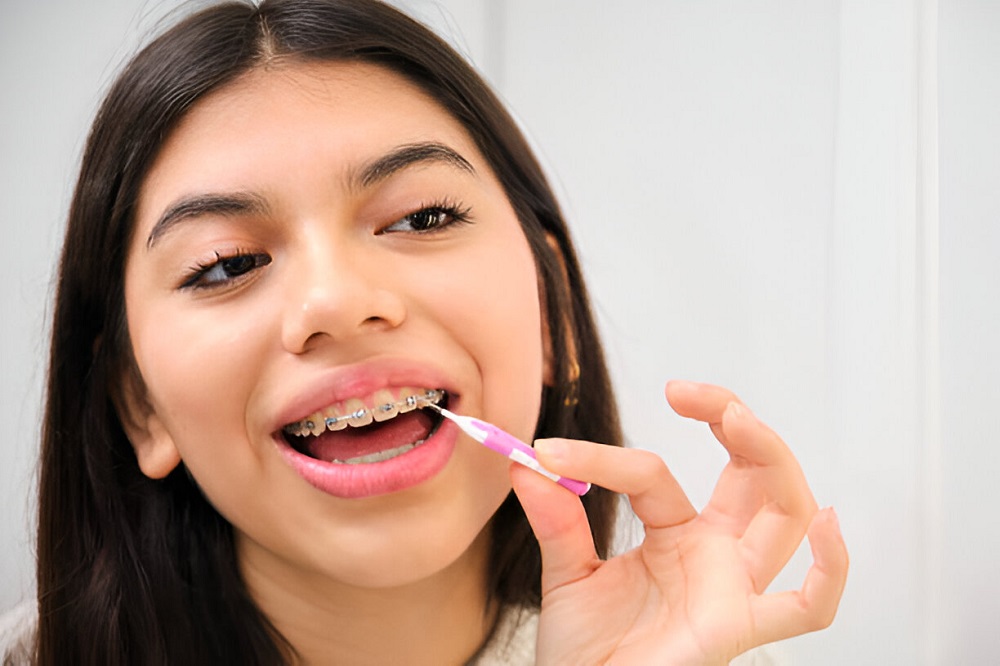
Common Orthodontic Procedures: What Are They?
There are several kinds of orthodontic procedures since every person has varied dental hygiene needs. An orthodontist will examine your teeth and take X-rays of your head and mouth to determine your needs. Based on these findings, he or she will next develop your treatment plan.
These are the required steps for four typical forms of orthodontic therapy.
● Braces are made of metal
The orthodontic treatment that is most frequently utilized is traditional metal braces. In this operation, brackets are wired together and attached to the teeth. To shift teeth into the correct position in a patient’s mouth, braces apply pressure to the teeth.
In the course of therapy, an orthodontist will put brackets on teeth, tighten and modify wires, and use orthodontic elastics. Together, orthodontic elastics—tiny rubber bands that fasten to metal brackets—help to straighten the jaw. Traditional braces can take many years to complete, and the duration of therapy varies from patient to patient.
● Invisalign®
Alternative orthodontic procedures, including Invisalign®, have become more well-liked because of their adaptability, speed of treatment, and understated appearance. Adults who did not have conventional braces as children can also use Invisalign® later in life.
For those who need their teeth aligned but do not have serious bite problems, Invisalign® is a great choice. Instead of making significant changes to the position and alignment of teeth, the therapy focuses on gently shifting teeth. Conventional metal braces are often advised for people with more severe orthodontic requirements.
Your orthodontist will make a set of transparent plastic aligners during Invisalign® treatment to gradually shift your teeth. These aligners are constructed specifically for your mouth using specialized computer imaging technologies. The entire therapy period lasts around 12 to 18 months, with each aligner intended for one to two weeks of use.
All you have to do is place the Invisalign® aligners over your teeth and wear them for twenty-two hours every day. You can remove your aligners to eat and clean. Invisalign® treatment allows you to consume hard, crunchy, and sticky foods, unlike metal braces. Additionally, flossing your teeth every day is considerably simpler.
● Linguistic Braces
Lingual braces, or braces that fit behind the teeth rather than in front, are an additional orthodontic treatment option. In this process, wires and brackets are still utilized, but they are now fastened to the backs of your teeth.
Although lingual braces are frequently used in adult orthodontics, they might not be the best course of action for you based on your particular oral needs. To find out if lingual braces are right for you, consult your orthodontist.
Keepers (Retainers)
You will need to wear a retainer for a specific amount of time once your metal braces are taken off. To prevent your freshly aligned teeth from shifting again, retainers help keep them in place. Either a metal retainer that is fastened to the back of your teeth or one that is detachable will be worn by you.
For a snug fit on the roof of your mouth, removable retainers are custom-made for you. Unlike metal braces, removable retainers do not require brackets, but they do include a wire that passes across your teeth. Like Invisalign®, there are even transparent plastic retainers that cover your teeth.
In general, retainers require less upkeep than braces, however, your orthodontist may need to make adjustments over time. Your orthodontist may ultimately determine that you should only wear your retainer at night rather than every day.

